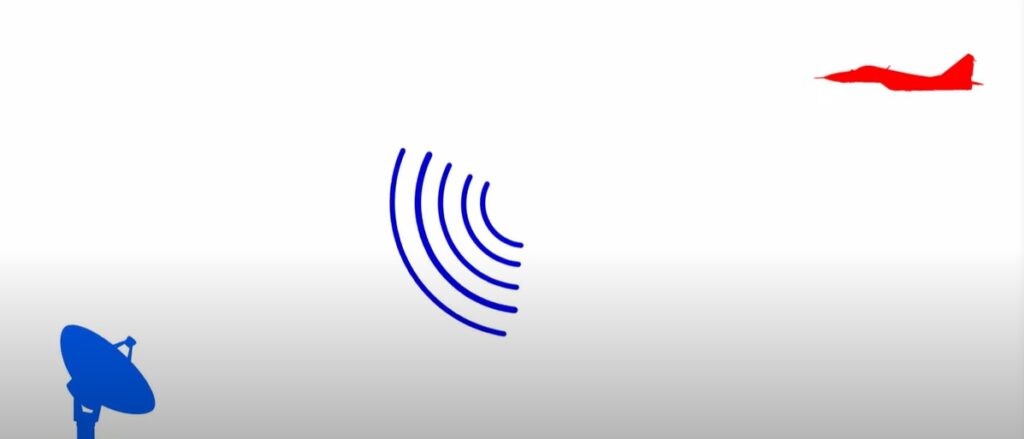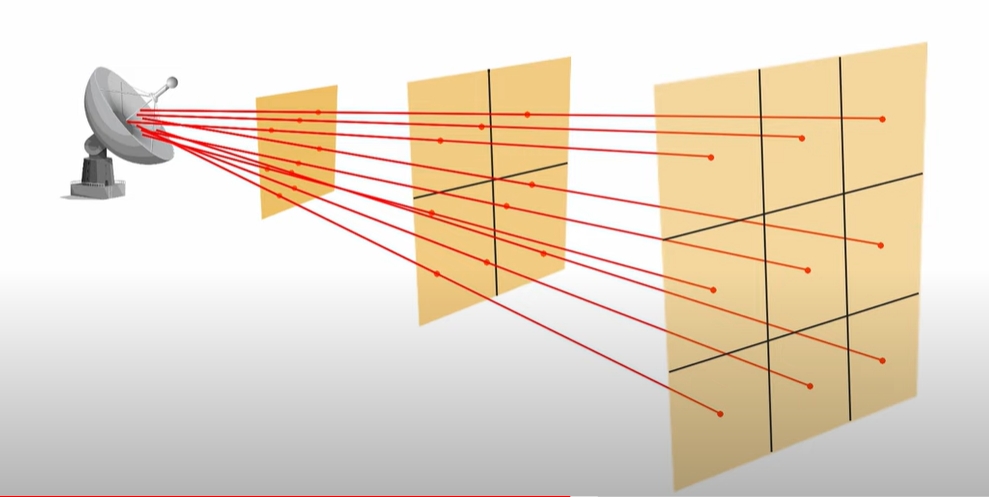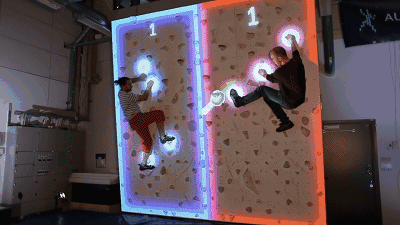Introduction
Radar waves have found a new application in multi-touch interactive systems, thanks to their ability to offer precise, non-contact, and high-accuracy touch sensing. Unlike traditional methods such as capacitive touch, radar-based systems provide distinct advantages, such as robustness in harsh environments and higher sensitivity. In this post, we will explore how radar waves achieve multi-touch point location and examine the comparison between radar and LiDAR technologies.
What Are Radar Waves?

Radar systems work by emitting electromagnetic waves that bounce off objects, allowing them to detect and track movement. When applied to touch systems, radar waves can detect the position and movement of multiple touch points through reflected signals. This technology has parallels with LiDAR systems, which also use electromagnetic waves (light) for spatial detection.
How Does Multi-Touch Point Detection Work with Radar?
The core principle behind radar multi-touch systems is the time-of-flight (ToF) technique. Here’s how it works in a simplified manner:
- Wave Emission: The radar system emits electromagnetic waves in a designated area.
- Signal Reflection: When a touch (e.g., a hand or finger) comes into proximity, the waves reflect back to the system.
- Time Measurement: The time it takes for the waves to return is measured, allowing the system to calculate the distance and position of the touch point.
- Multi-Point Processing: Advanced signal processing algorithms can track multiple points simultaneously, enabling full multi-touch functionality.

Advantages of Radar in Multi-Touch Systems
Radar technology offers several advantages over other touch-detection methods like capacitive sensors and infrared sensors:
- Non-Contact Interaction: Radar systems do not require physical contact, making them ideal for sterile or hazardous environments.
- High Precision: Radar waves provide millimeter-level precision, similar to LiDAR, making them suitable for applications requiring accurate positioning.
- Durability and Robustness: Radar systems are less affected by dust, lighting conditions, and surface contamination, which can hinder optical-based systems.

Applications of Radar-Based Multi-Touch Systems
- Automotive Industry: Radar-based touch systems are being integrated into vehicle interiors, allowing drivers to interact with dashboards and infotainment systems without touching the screen.
- Smart Home Devices: From gesture-controlled lights to contactless switches, radar touch systems enhance the usability of smart home products.
- Medical and Industrial Equipment: In environments where hygiene and precision are crucial, radar systems enable clean, reliable interaction.
- AR/VR Systems: In virtual environments, radar can track hand movements and gestures, offering a more immersive user experience.
LiDAR vs. Millimeter-Wave Radar: A Comparison
Principles of Operation:
Both LiDAR and millimeter-wave radar use electromagnetic waves for detection, but their wavelengths differ. LiDAR emits narrow laser beams (light), whereas millimeter-wave radar uses broader electromagnetic waves within the millimeter spectrum (10 GHz to 200 GHz). LiDAR’s laser beams work similarly to how human eyes detect light, while radar’s electromagnetic waves function more like sound waves used by bats for echolocation.
Accuracy and Precision:
LiDAR offers extremely high precision and resolution, often providing sub-centimeter accuracy, making it ideal for tasks like detailed 3D mapping and obstacle detection. Millimeter-wave radar, while also precise, is limited by its lower resolution due to the longer wavelength. However, radar’s robustness makes it more suitable for scenarios where exact precision is less critical but durability is essential.
Anti-Interference Abilities:
One of the significant differences between the two technologies is their performance in adverse conditions. LiDAR is more susceptible to interference from environmental factors such as rain, fog, and dust, as these elements can block or scatter the laser beams. Millimeter-wave radar, on the other hand, has excellent penetration through obstacles like fog, dust, and even walls, making it more reliable in harsh weather conditions.
Cost and Complexity:
LiDAR systems tend to be more expensive due to the high data resolution they provide. This is because processing LiDAR data requires more powerful computing systems to handle the vast amounts of information gathered. Millimeter-wave radar, while generally more affordable, requires less intensive data processing but may not achieve the same level of accuracy as LiDAR. In automotive applications, for example, both technologies complement each other — LiDAR excels in object detection and mapping, while radar offers reliability and robustness.
Challenges and Limitations
While radar offers many advantages, there are hurdles to consider:
- Cost and Complexity: Implementing radar systems can be expensive and technically challenging due to advanced signal processing requirements.
- Power Consumption: Radar systems, especially millimeter-wave types, tend to consume more power compared to other sensing technologies, limiting their use in battery-powered devices.
Conclusion
Radar wave technology is opening up new possibilities for multi-touch interactive systems. With its high precision, robustness, and non-contact operation, radar is set to transform industries ranging from automotive to healthcare. LiDAR and millimeter-wave radar each have unique strengths, with LiDAR excelling in high-accuracy tasks and radar offering unparalleled reliability in tough environments. As these technologies advance, their combination could revolutionize interactive systems, making radar-based multi-touch systems more accessible and widespread.







